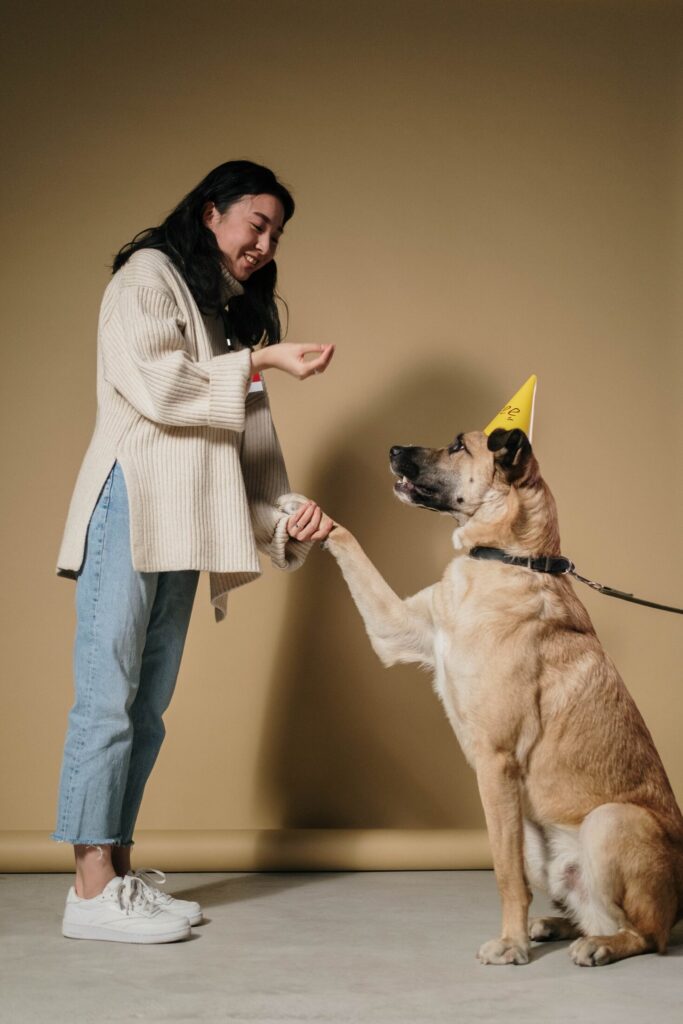Basic obedience training is essential for dogs and puppies of all ages. Not only does it help create a well-behaved pet, but it also helps to strengthen the bond between owner and animal. In this blog post, we will discuss the basics of obedience training for dogs and puppies and provide some tips for getting started.
Obedience training is not a one-time event, but rather a continuous process.
First and foremost, it is important to understand that obedience training is not a one-time event, but rather a continuous process. Consistency is key when training your dog or puppy. In order to achieve optimal results, it is important to set aside dedicated time each day to work with your pet.
When it comes to obedience training, there are a few basic commands that every dog and puppy should know. These include sit, stay, come, heel, and down. Each command should be taught separately and mastered before moving on to the next.
When teaching a new command, it is important to use positive reinforcement techniques. This means rewarding your pet with treats or praise when they successfully complete the command. Avoid using physical punishment or negative reinforcement, as these methods can cause fear and mistrust.
It is also important to keep training sessions short and fun. Dogs and puppies have short attention spans and will quickly become bored if the sessions are too long or tedious. Break up training sessions into shorter, more frequent sessions throughout the day.
These include sit, stay, come, heel, and down. Each command should be taught separately and mastered before moving on to the next.
Another important aspect of obedience training is consistency.
It is important to use the same command and hand signals every time you ask your pet to perform a certain task. This will help to ensure that your pet understands what is expected of them.
Finally, patience is key when training your dog or puppy. Remember that every pet is different and will learn at its own pace. It is important to be patient and not to get discouraged if your pet does not immediately understand or respond to a command. With time and patience, your pet will learn and thrive.
Basic Tools for Training Your Dog
One tool that can be extremely helpful during dog obedience training is the clicker. A clicker is a small device that makes a distinct clicking sound when pressed. The sound is unique and consistent, which makes it easy for dogs to associate it with a reward. The clicker is used to mark the specific behavior that you want to reinforce, such as sitting or coming when called. The instant the dog performs the desired behavior, you click the clicker and reward.
In addition to the clicker, there are a few other tools that can be useful during dog obedience training. One of the most popular and effective tools is the training collar. Training collars come in different styles, such as a traditional collar or a harness, and can be used to provide a mild correction for behaviors such as pulling on the leash or jumping up on people.
Another tool that can be helpful is a long line, which allows your dog more freedom to move around while still maintaining control. Treat bags are also a great tool to use during training as they allow you to reward your dog quickly and easily for desired behaviors. Finally, using a treat ball or puzzle toy can make obedience training more engaging and fun for your dog, making it more likely that they will retain what they have learned.
In conclusion, obedience training is an important and ongoing process for dogs and puppies. By using positive reinforcement techniques, keeping training sessions short and fun, being consistent, and being patient, you can help your pet become a well-behaved and obedient companion.


